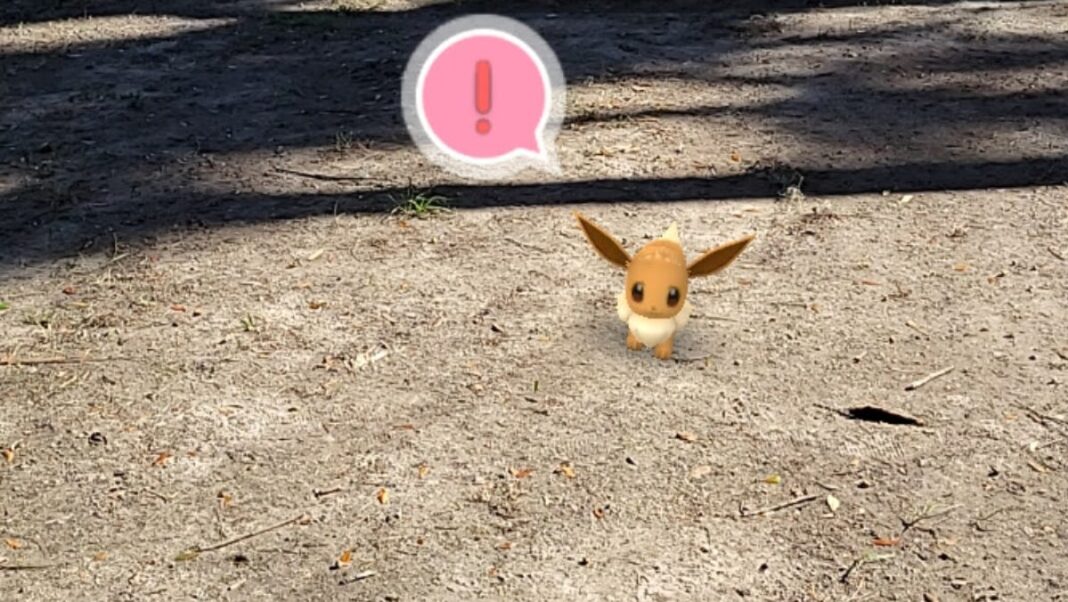Your Pokémon Go Gameplay Data is More Than Just a Game – It’s Molding AI Mapping Technologies
While engaging in Pokémon Go, players might not be aware that they are contributing to more than just their Pokémon training.
Recently, Niantic, the company behind the beloved mobile game Pokémon Go, revealed plans to develop an AI system that will create detailed maps of the real world. This ambitious “large geospatial model” will harness insights derived from player data to foster “spatial intelligence,” as highlighted in a recent blog post by the company.
Launched in 2016, Pokémon Go is an augmented reality mobile game where users utilize their smartphones to discover and capture virtual Pokémon within the real world. With over 600 million downloads, players can also gather items at PokéStops and engage in battles at gyms located at actual landmarks.
To build this new model, Niantic is employing geolocation information from player submissions of real-world scans taken during gameplay in Pokémon Go and other titles developed by Niantic.
Utilizing this scanning feature is entirely optional, according to a company spokesperson.
In an additional comment on their blog, Niantic clarified: “Players must physically visit a specific public location and activate the scan function. This enables us to provide new types of augmented reality experiences. Simply playing our games does not contribute to AI model training.”
Over the past five years, the company has been developing a visual positioning system (VPS) that relies on a single mobile image to identify both position and orientation using a 3D map created from user-generated scans of fascinating sites in their games and the Scaniverse platform, according to their announcement.
Currently, Niantic boasts about 10 million scanned locations worldwide, adding around 1 million new scans each week.
This model will analyze the geolocated images and construct a 3D map while enriching geographic information, contributing to a collective understanding of locations and identifying areas yet to be fully scanned, as stated in the blog post.
According to Anton Dahbura, executive director of the Information Security Institute at Johns Hopkins University, leveraging customer data for innovative applications is becoming increasingly common.
Niantic claims the data collected is unique as it reflects a “pedestrian perspective,” setting it apart from traditional mapping systems that generally rely on car-captured images, which may overlook pedestrian-only areas.
As stated in Niantic’s privacy policy, the company collects various types of data, including location and personal information such as names and email addresses. While the policy discusses what is or isn’t shared with third parties, it doesn’t detail how personal data is managed. Niantic includes a separate privacy policy for child players, along with a parent management portal. A spokesperson confirmed that personal information of players is not for sale.
Dahbura commented on the ongoing challenges related to data privacy in today’s technology landscape. “It’s become standard for companies to seek out avenues for data utilization, with investors also expecting it,” he noted.
Users rightly express concerns about how their personal data is being handled and stored.
“Even with noble intentions, gathering extensive data that includes personal information can pose risks,” he shared. “It could be exploited, or susceptible to data breaches.”
For those worried about their privacy, Dahbura advises players to consider their gameplay context carefully.
“Play in very public spaces, avoiding private areas like your home,” he suggested.
Players should also limit the inclusion of others in their images, particularly loved ones, he added.
Moreover, he emphasized the interconnectedness of location data and personal considerations.
“Many people underestimate the significance of location data,” Dahbura remarked. “Our critical infrastructure is more expansive than most people realize, encompassing transportation, pharmaceuticals, finance, and food production. If individuals with ill intentions learn you have access to such facilities, it could pose a risk not just to you but also to national security.”
This article has been updated to include additional information.

